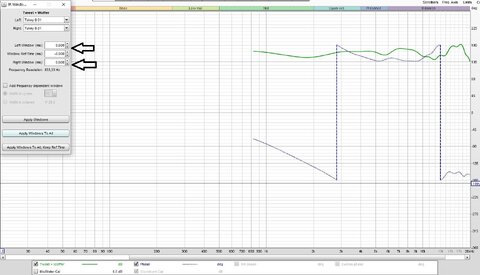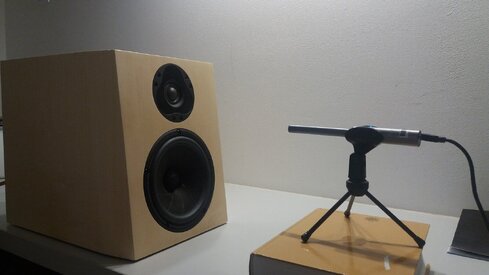RobertoG
Registered
Thread Starter
- Joined
- Oct 24, 2020
- Posts
- 19
More
- Main Amp
- NC-50DAB
- Front Speakers
- 18W8531G00 + 66200
I would like to ask you to help me setup REW tool to do phase measurement. Would it be possible? I did it myself but results but are suspected. Topic is not too easy for me, but I would like to do it correctly. The issue concerns two-way speaker and I would like to re-design my crossover to achieve perfect time aligned speakers. I have problem with proper phase measurements. I use IR Winsows tool (left -1ms right - 3ms) to remove any reflection from walls - then phase wrapping dissapear on phase curve but I not sure wheather it is correct. For example low pass filter in wooffer path should give additonal negative phase shift above crossover frequency but it gave positve phase shift? I don't know what may be reason of that, so I stucked and I can not go further. May I asked you to take a look on my measurements and suggest me what was set inproperly.
On important thing - the crossover was done in analog domain - no additional DSP unit will be engaged in that process. Results presented in attachment was obtained in my first version od speaker crossover. Measurements have been done form 1m distance with using UMIK-1 (it was loacated in the middle between tweeter an woofer).
I'm aware that DSP allows me do to much more in filtering and delay signal, but I decided to do in in clasical way. The speakers are: 18W8531G00 and D3004/66200 in sealed box.
On important thing - the crossover was done in analog domain - no additional DSP unit will be engaged in that process. Results presented in attachment was obtained in my first version od speaker crossover. Measurements have been done form 1m distance with using UMIK-1 (it was loacated in the middle between tweeter an woofer).
I'm aware that DSP allows me do to much more in filtering and delay signal, but I decided to do in in clasical way. The speakers are: 18W8531G00 and D3004/66200 in sealed box.
















